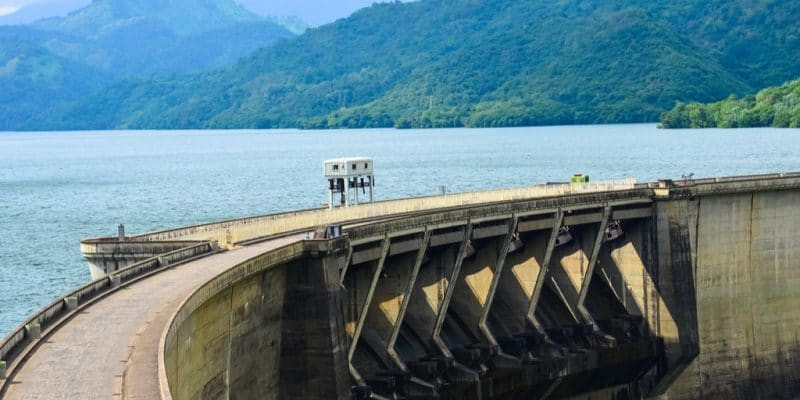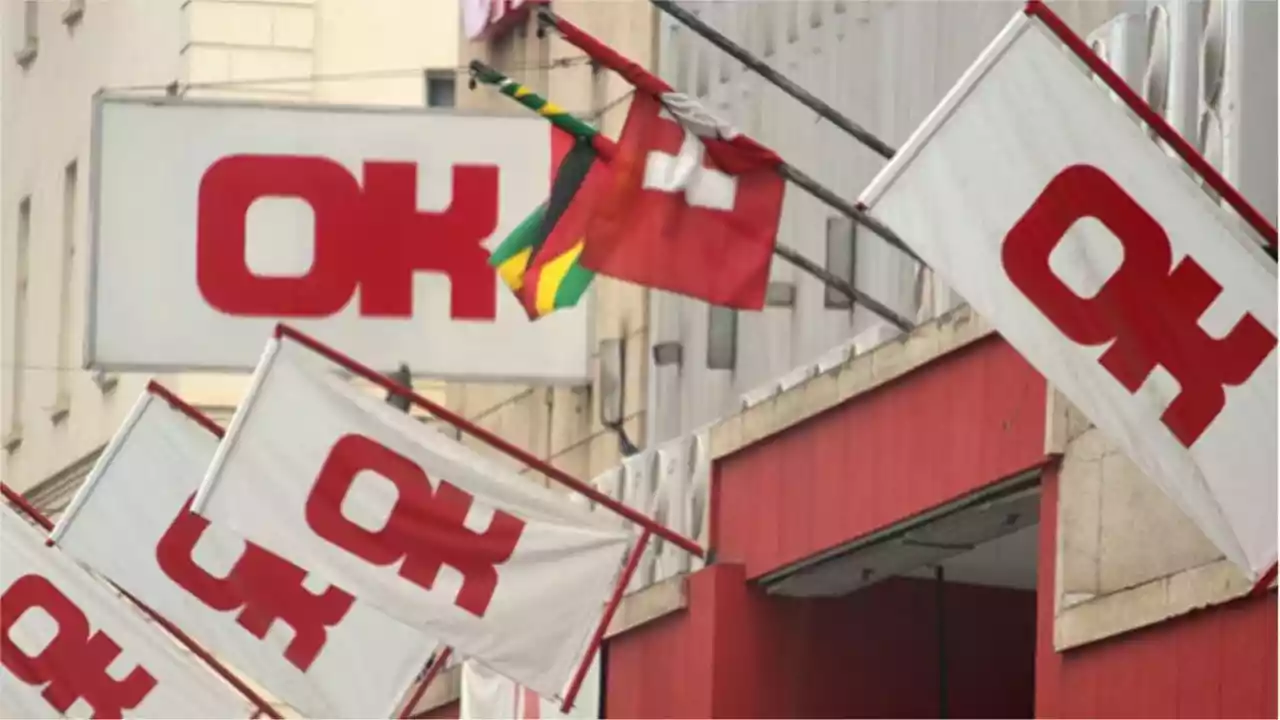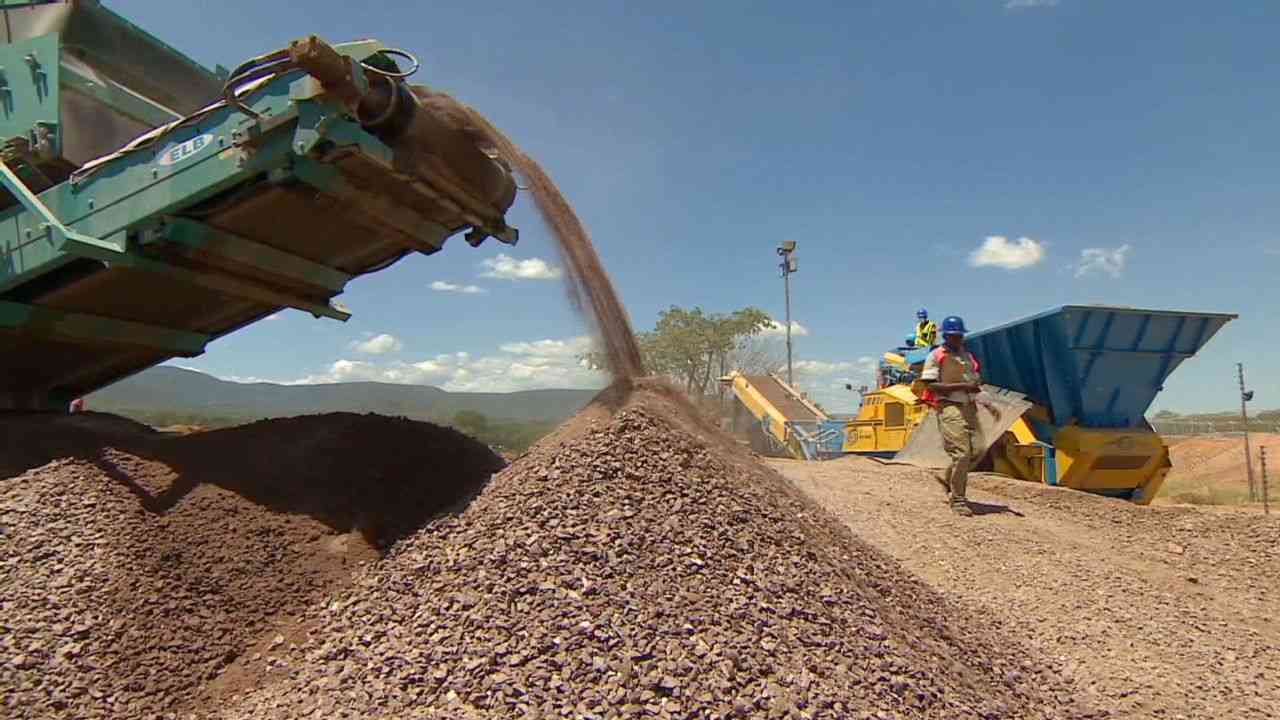
POTENTIALLY dire implications of this week’s move by Zambezi River Authority (ZRA) to mothball the six decades old Kariba power plant drifted into the limelight on Wednesday, hours after the Lusaka headquartered agency said turbines would be turned off until January.
There will be no guarantee that if generation is halted as planned, Kariba will return to production early, given the drastic fall in water levels on the lake, following a disastrous 2021/2022 rainfall season.
This is why Zimbabwe’s leading advisories immediately red flagged 2023 gross domestic product (GDP) targets announced by Finance and Economic Development minister Mthuli Ncube last Thursday.
In its shock move — the first such radical action since Zimbabwe invested US$550 million four years ago to expand capacity to 1050 megawatt (MW) — ZRA said on Tuesday it had no option but to mothball the plant to prevent terrible consequences.
Before the 2018 bold revamp, Kariba had a 750MW installed capacity.
The facility has been producing over half of Zimbabwe’s electricity following protracted crises at the 920MW Hwange thermal power plant, which is undergoing a US$1,5 billion facelift to push output higher.
This makes Kariba the driving force behind Zimbabwe’s economy, whose growth is depended on trends in the power guzzling mining industry.
Zambia, which shares Lake Kariba’s waters with Zimbabwe, was spared from the tough action because it has not exhausted its annual water allocation on the Kariba north power plant.
- Village Rhapsody: How Zimbabwe can improve governance
- Village Rhapsody: Engage men to end gender-based violence
- Village Rhapsody: How Zimbabwe can improve governance
- Zim maize output to drops by 43%
Keep Reading
Last Thursday, Ncube projected that GDP will grow by 3,8% in 2023, slightly below a 4% forecast this year.
He told legislators when he unveiled the ZW$4,5 trillion national budget that the 3, 8% growth will be sustained by mines, which recently indicated they will not achieve a US$12 billion revenue target earlier announced for next year.
Instead, mining revenue will come in at US$7 billion, according to the Chamber of Mines of Zimbabwe.
In a note to clients, researchers at Inter Horizon Securities (IH) said should the plant go out of production, growth targets would be in jeopardy.
“The International Monetary Fund (IMF) expects Zimbabwe’s GDP to increase by 3,5% in 2022,” IH said in its paper, titled ‘Economic Update: Zimbabwe 2023 national budget’.
“The government has further revised downwards its 2022 GDP growth forecast from 4,6% to 4% citing developments in the global space as well as a below par agriculture performance. Given the latest announcement on the shutdown of the Kariba Power Station until January 2023, we await to see how this evolves,” IH said.
FBC Securities, a unit of the Zimbabwe Stock Exchange listed financial services blue chip, FBC Holdings Limited, had cast doubts over Ncube’s growth targets before ZRA’s announcement, citing rolling blackouts.
“Government has projected economic growth of 4% in 2022, a downward revision from initial 4,6% growth,” FBC said, in its analysis of the budget.
“Government’s growth projection remains above projections by the IMF and World Bank of 3% and 3,4%, respectively. Positive outturn remains a possibility given positive developments in the mining and tourism sectors, however, restrictive factors such as high cost of borrowing, liquidity constraints, policy missteps and perennial power shortages continue to present risks to the attainment of this projection,” the advisory added.
Zimbabwe is already in the vortex of a gruelling power crisis, which has forced government to increase imports from regional utilities.
In his announcement last week, Ncube reduced the controversial tax call USD IMTT to 2%, from 4%.
IH said government’s move to forego hefty greenbacks revenue out of the tax would be crucial in driving liquidity into the banking system.
“With the reduction of USD intermediated money transfer tax, this will hopefully encourage some return of USD deposits into the banking sector, potentially resulting in some uptick in liquidity,” the report noted.
“Given prohibitive Zimbabwe dollar interest rates, demand for relatively better priced USD loans will likely remain elevated inevitably deepening the current dollarisation trend. The anticipation of sustained growth in primary sectors…bodes well for the country and suggests some support in consumer demand; recently announced civil servant bonuses in USD will provide an early boon,” it said.










